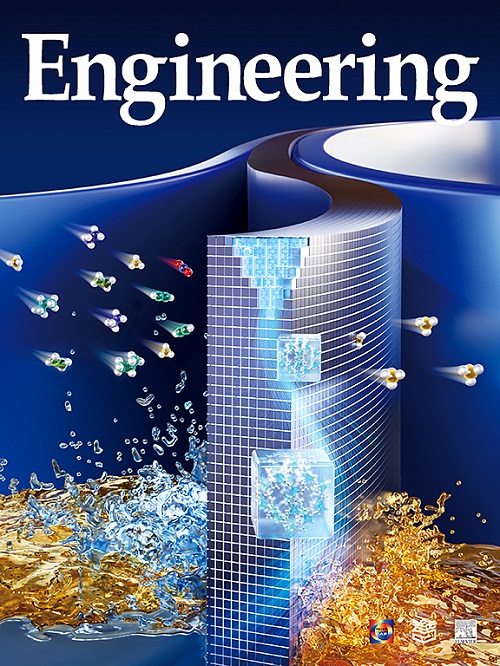Challenges, Progress, and Prospects of Ultra-Long Deep Tunnels in the Extremely Complex Environment of the Qinghai–Xizang Plateau
IF 10.1
1区 工程技术
Q1 ENGINEERING, MULTIDISCIPLINARY
引用次数: 0
Abstract
With the implementation of significant national strategies and rapid socioeconomic development, many ultra-long deep tunnels are being constructed in the Qinghai–Xizang Plateau region. However, the extreme complexity and variability of the environment in this region pose significant challenges to the safe construction and long-term operation of the planned or under-construction ultra-long deep tunnels. To address these complex technical challenges, this paper provides a detailed analysis of the complex climate and geology features of the Qinghai–Xizang Plateau during tunnel construction. The climate characteristics of the Qinghai–Xizang Plateau include severe coldness, low oxygen, and unpredictable weather changes. The geological characteristics include complex stress distributions caused by the intense internal and external dynamic coupling of tectonic plates, widespread active tectonic structures, frequent high-intensity earthquakes, fractured rock masses, and numerous active fault zones. Based on the analysis, this paper elaborates on potential sources of major disasters resulting from the characteristics of ultra-long deep tunnel projects in the Qinghai–Xizang Plateau region. These potential disaster sources include the crossing of active fault zones, high geostress rockbursts, large deformation disasters, high-pressure water surges, geothermal hazards, inadequate long-distance ventilation and oxygen supply, and multi-hazard couplings. In response to these challenges, this paper systematically summarizes the latest research progress and technological achievements in the domestic and international literature, and proposes innovative ideas and future development prospects for disaster monitoring and early warning, mechanized intelligent construction, long-term safety services, and emergency security and rescue. These innovative measures are intended to address the challenges of tunnel disaster prevention and control in the complex environment of the Qinghai–Xizang Plateau, contributing to the safe construction and long-term operation of ultra-long deep tunnels in this region.
求助全文
约1分钟内获得全文
求助全文
来源期刊

Engineering
Environmental Science-Environmental Engineering
自引率
1.60%
发文量
335
审稿时长
35 days
期刊介绍:
Engineering, an international open-access journal initiated by the Chinese Academy of Engineering (CAE) in 2015, serves as a distinguished platform for disseminating cutting-edge advancements in engineering R&D, sharing major research outputs, and highlighting key achievements worldwide. The journal's objectives encompass reporting progress in engineering science, fostering discussions on hot topics, addressing areas of interest, challenges, and prospects in engineering development, while considering human and environmental well-being and ethics in engineering. It aims to inspire breakthroughs and innovations with profound economic and social significance, propelling them to advanced international standards and transforming them into a new productive force. Ultimately, this endeavor seeks to bring about positive changes globally, benefit humanity, and shape a new future.
 求助内容:
求助内容: 应助结果提醒方式:
应助结果提醒方式:


